18 Sep 2016
0 CommentsWho Will Lead Our Institutions’ Response to Climate Change
Even though a life-long environmentalist, looking at the world through my children’s eyes drives home how pressing, and enormous, is the card we have dealt them. That legacy of unprecedented global climate change, leaves little choice between measures to achieve a rapid reversal of climate change or living with global apocalypse.
Personally, I vote for reversal, as one expects would most rational people. However, getting there requires a complete re-think of our lives, and our communities. In my daily life, I see huge opportunities.
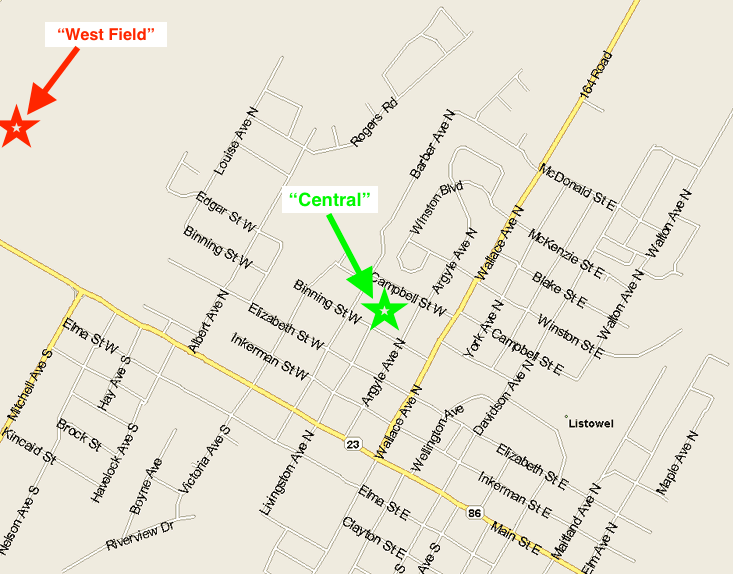 From Central to Middle of Nowhere (West Field)
From Central to Middle of Nowhere (West Field)
Having grown up in Listowel, Ontario, I recently attended the closing ceremony for the Central Public School which will be replaced by North Perth Westfield Elementary School – the difference in the names, previously “Central” to the new “West field” says it all and is illustrated in this map.
Although we all spent time reminiscing about memories and a proud history comprising at least 3 school buildings on the “Central” site, the issue I raise isn’t about heritage. The new school will necessitate a school bus ride for essentially all students. Unlike Central, where most students walked or biked to school, that option will be closed to all but a handful.
Beyond contributing to our climate change crisis, childhood obesity has doubled in the last 30 years (Reference: Centers for Disease Control), mostly as a result of less healthy eating and lack of physical activity. In an age where Physical Literacy and promoting active lifestyles has moved to the top of our agenda, school location should be seen as a contributor to the solution instead of being a major part of the culprit.
Near Elora, Centre Wellington District High School went through a similar “de-centralizing” exercise a few years ago. Groves Memorial Community Hospital is slated to move from its central location near downtown Fergus to a “green field” site (note the prevalence of the word “field” in these decisions) in land between the built up areas of Fergus and Elora. It is notable that the founder of Groves, none other than Abraham Groves was a social innovator of the previous century, who as a doctor pioneering surgical sterilization, did the first successful appendectomy in North America, created hydro power and phone service all to drive change in his home community. I am sure that if Groves were alive today, he would be promoting walkability and carbon footprint reduction.
Urban cores, and small town downtowns, continue to struggle with the appearance of big box stores on the periphery of communities. In addition to often devastating effect on once vibrant centres of community activity, this trend further exacerbates more driving and less walking. Not a good combination.
How do these choices in pubic infrastructure relate to the apocalyptic images of destruction at the top of this post? Climate change is very real with the effects more and more visible, and traumatic as each year passes. Events like the recent Fort McMurray fire, Goderich Tornado in 2011 and severe flooding in the UK can all be traced to the dramatic changes in global climate unfolding over the last few years. The steady, yet gradual increase in the earth’s temperature, leads to greater volatility and severity of weather events. We all know the depressing reality that, horrible as these are, things are going to get worse before they get better.
We used to call the buildup in Greenhouse Gas (GHG) emissions, driven by human activity powered by a reliance on fossil fuels such as oil and coal, Global Warming. It has been rebranded as climate change to reflect the reality that, although the average temperature increases, the main effect is to increase weather volatility. This volatility translates into extreme climate-related events with increasing frequency. Globally, climate change may lead to famines, mass migrations and wars of unprecedented scale and attendant misery.
Faced with this stark reality, you would expect a universal call for governments and public institutions to provide leadership to address climate change?
You would think not, but recent experiences have been been vividly frustrating in showing that, in fact, our public institutions have a long way to go. How are we, as citizens, able to do our part in these circumstances?
First it helps to break down such a massive problem into its constituent parts. To start, let’s quantify the effect that our transportation has on GHG reduction. From data compiled, ironically, by the Canadian Association of Petroleum Producers, transportation is the biggest single sector contributing to Greenhouse Gas emissions, closely followed by Oil and Natural Gas producing industries. Further, Canada has a much poorer record in this regard than other rich nations.
We live in an era when people care deeply about the well-being of future generations. Residential homebuyers are increasingly prioritizing Walkability Scores, which include access to nearby schools in home buying decisions. No generation is more concerned than the Millenials, who have internalized the legacy that climate change will seriously and adversely impact them during their lifetimes. A major way to reverse GHG emissions growth is to tackle personal transportation – to work, schools, hospitals, leisure and shopping.
Collectively, the “M.U.S.H. Sector” (publicly funded organizations like Municipalities, Universities, Schools and Hospitals) has a huge opportunity to take leadership in our current war on carbon. While we might believe that leadership must start at the top with government, without grassroots calls for change the political cost can be too high. (See: CBC News: Politicians Are Green Until They’re Intimidated by the Electoral Price) The challenge will be to empower ordinary folk to drive a climate positive future by taking such thinking from the realm of environmentalists and making it mainstream.
We urgently need an optimistic call to action that citizens can easily embrace. I am working with people that the Elora Environment Centre, an NGO leading innovation and action on the environment, to repackage the Climate Change narrative from one that leaves people powerless, frustrated and even guilt-ridden. We aim to find ways to re-boot the climate change narrative, and unleash a crowdsourced solution coming from the grass roots. Stay tuned. Our planet and our children are counting on it!

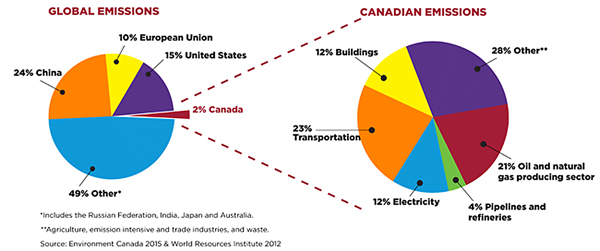


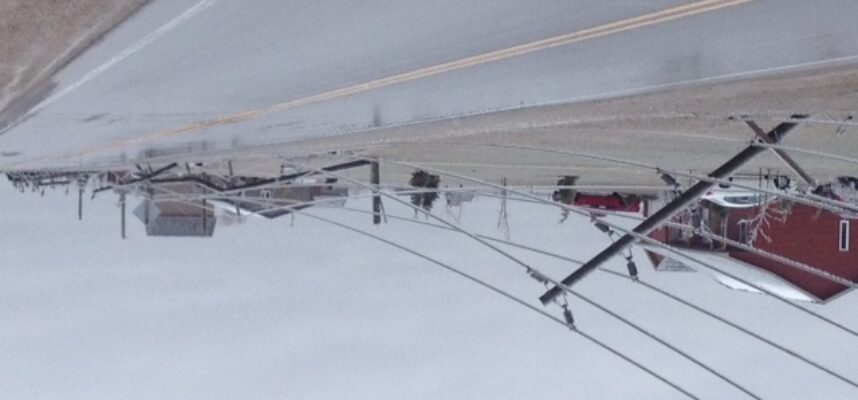
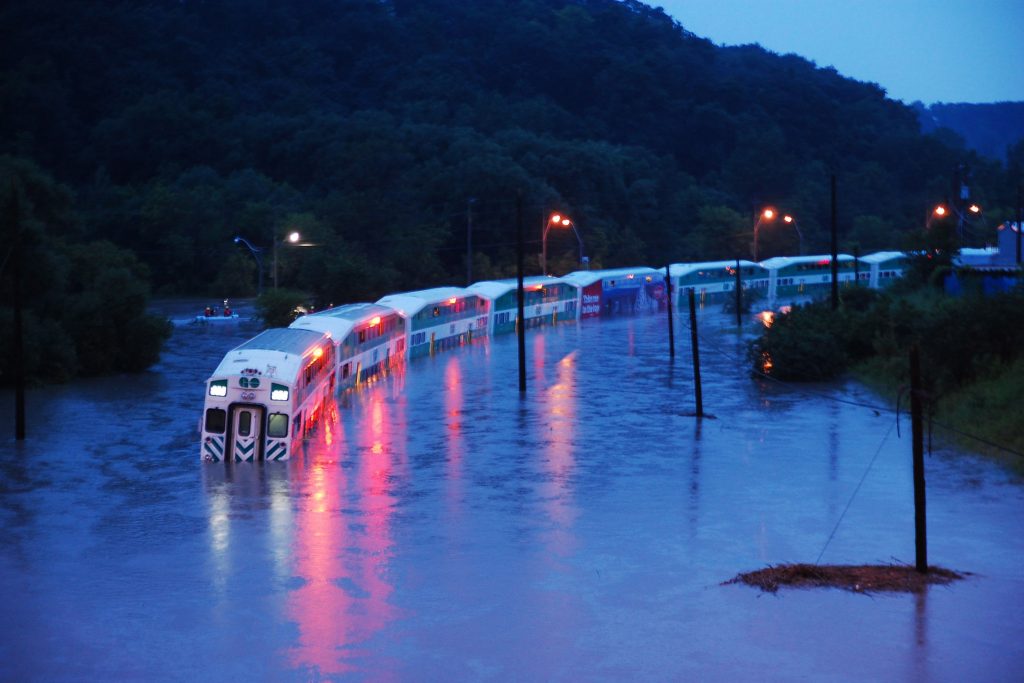 A GO Train is stranded on flooded tracks in Toronto on Monday, July 8, 2013. THE CANADIAN PRESS/
A GO Train is stranded on flooded tracks in Toronto on Monday, July 8, 2013. THE CANADIAN PRESS/



 Credit: AIAlex.com
Credit: AIAlex.com Unlike this sign, I don’t want to end this piece on a note of doom and gloom. Nor do I want to leave the impression that there aren’t very talented people in the Canadian VC industry. Nothing could be further from the truth – our long term VC gap arises from long term structural challenges, such as a lack of discipline as imposed by global LPs and not having reached the proper banker/operator mix. There are other factors, including the small population and large geography unique to Canada, but all can be and should be overcome with the proper model.
Unlike this sign, I don’t want to end this piece on a note of doom and gloom. Nor do I want to leave the impression that there aren’t very talented people in the Canadian VC industry. Nothing could be further from the truth – our long term VC gap arises from long term structural challenges, such as a lack of discipline as imposed by global LPs and not having reached the proper banker/operator mix. There are other factors, including the small population and large geography unique to Canada, but all can be and should be overcome with the proper model.
 Avvey Peters from Waterloo’s
Avvey Peters from Waterloo’s  Alec Saunders, CEO of one of Canada’s most promising web/mobile startups,
Alec Saunders, CEO of one of Canada’s most promising web/mobile startups,  Peter Childs, an Ottawa social media strategist and tech luminary, has laid out a framework
Peter Childs, an Ottawa social media strategist and tech luminary, has laid out a framework 
 Proper Economic Stimulus Can Lead To …
Proper Economic Stimulus Can Lead To …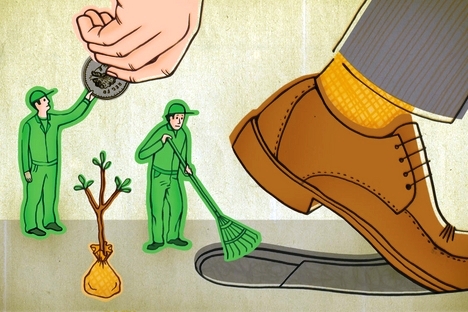 Significant Carbon Reduction
Significant Carbon Reduction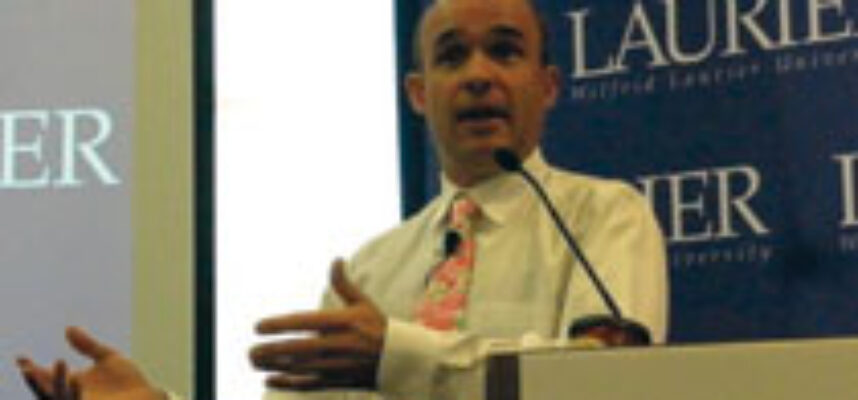
24 Sep 2021
0 CommentsA Personal Carbon Reduction Plan
Today is a Global Climate Strike in cities and towns all over the world. In late 2019, was a crescendo of activity including the first Global Climate Strike and UN Climate Summit. It feels almost like time, and action, has been paused by the COVID-19 pandemic. Now in late 2021 marks a return to that pivotal time. With a summer of extreme weather events including the most wildfires ever globally, we are entering a cycle including COP26 in Glasgow. And, for those of us who are boomers, the fact that these climate strikes are led by our youth and children, should add poignancy to the state of the world we have bequeathed the next generation.
As a society and as thoughtful citizens, how can we respond? Thinking beyond surviving the worst pandemic the rich world has experienced in our lifetimes, this is the perfect time to set priorities and make life plans and we must include addressing the greatest existential crisis challenging humanity and the world we live in.
Everywhere the sense of urgency has increased. Scientific models show that the amount of carbon we can pump into the atmosphere must be limited if we are to keep to an increase of between 1.5°C to 2.0°C, which already will be a much changed earth. This remaining capacity to emit carbon, also known as our Carbon Budget, is shrinking rapidly. Hence, each year that passes, such as between 2019 and now, means that living within this carbon budget requires more drastic action and at a much faster pace.
I strongly encourage everyone to take their own personal actions. They are so important to signal to others that the Climate Crisis is serious and to help mobilize action.
Systems Change
Personal actions will never be sufficient. We also need local, regional, country-wide and global systems change to accompany our personal actions. This might be described as re-jigging our long held systems of regulation, taxation and even the incentives in our market economy. In effect, we may be re-writing the rules of capitalism itself. Examples of this include:
We must keep up the pressure on our elected officials of all political stripes. While we are doing this, here are my thoughts on personal actions we can take. Its a complex topic, but by breaking into down into more digestible chunks, a seemingly intractable problem moves closer to solution. Here are the major categories I use, and note that I will provide further commentary on each in following posts:
Residential
While we can, and should, reduce our energy and electrical load through active management of our device choices and lifestyle, the biggest gains come from making our homes inherently more efficient.
I am currently designing and building such a sustainable, carbon zero (or negative) home in part to show a direction for the coming years. I hope that this will lead to real insights to help future homes be more sustainable, even the average house.
Of course, most homes aren’t new but have been around for 20, 30, 50 or even over 100 years. Retrofits of those homes are an important part of the mix. Audits against the Energuide for Houses standard help determine both your home’s energy rating, but to help define a path forward. Combing this with systems change, through financing or even property tax abatement to encourage this trend, is clearly the way forward. Systems change that encourages individual action is key. Even the august Conference Board of Canada has published a policy recommendation Green Homes: Sustainable Finance for Residential Retrofits. We can only hope that the appropriate levels of government are spurred into action.
Transportation
Personal transportation may represent over 30% of our personal carbon footprint. Note that I am, somewhat arbitrarily assigning logistics and freight to produce and deliver goods to us into the personal Consumption category below. While we can work to reduce our footprints by living in compact cities with lots of walking and bicycling, this does not work for all. The largest component is the electrification of transportation represented by the acceleration of the move from legacy ICE (Internal Combustion Engine) vehicles to EVs (Electric Vehicles). We are also starting to see this trend in small trucks and eventually event transport trucks. Beyond cars, I make several suggestions:
Consumption
Another aspect to consumption is excess packaging, much of which is made from plastics. Plastics pose enormous problems to our biosphere and in particular the oceans and so reducing or eliminating single use plastics is an urgent need. Further, most plastics are made from oil and hence are another form of fossil fuel consumption. I will soon write a ‘top 10’ list for ways to reduce your personal plastic and packaging footprint – which directly reduces your carbon footprint.
I hope that this provides a high level roadmap to both personal action, but also where public policy needs to go. Of course, it over simplifies a fiendishly complicated topic. At the same time, by dissecting de-carbonization I can only hope that it inspires action, at both a personal and government level.